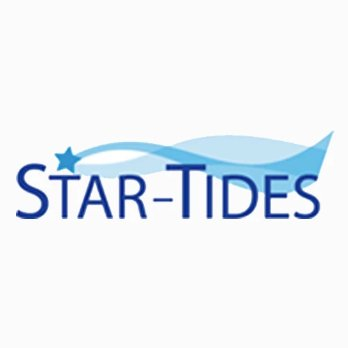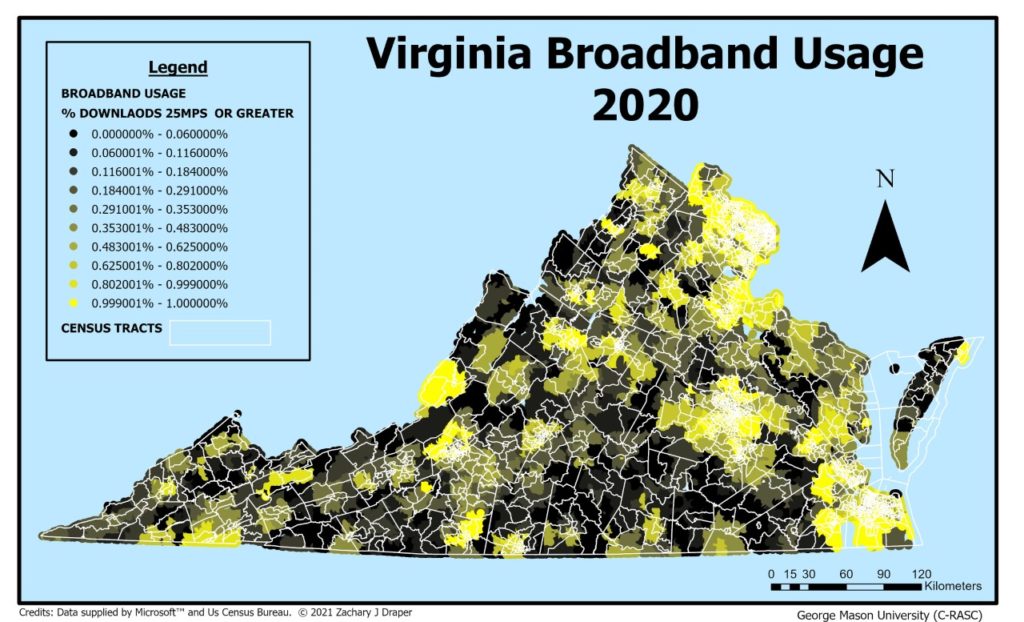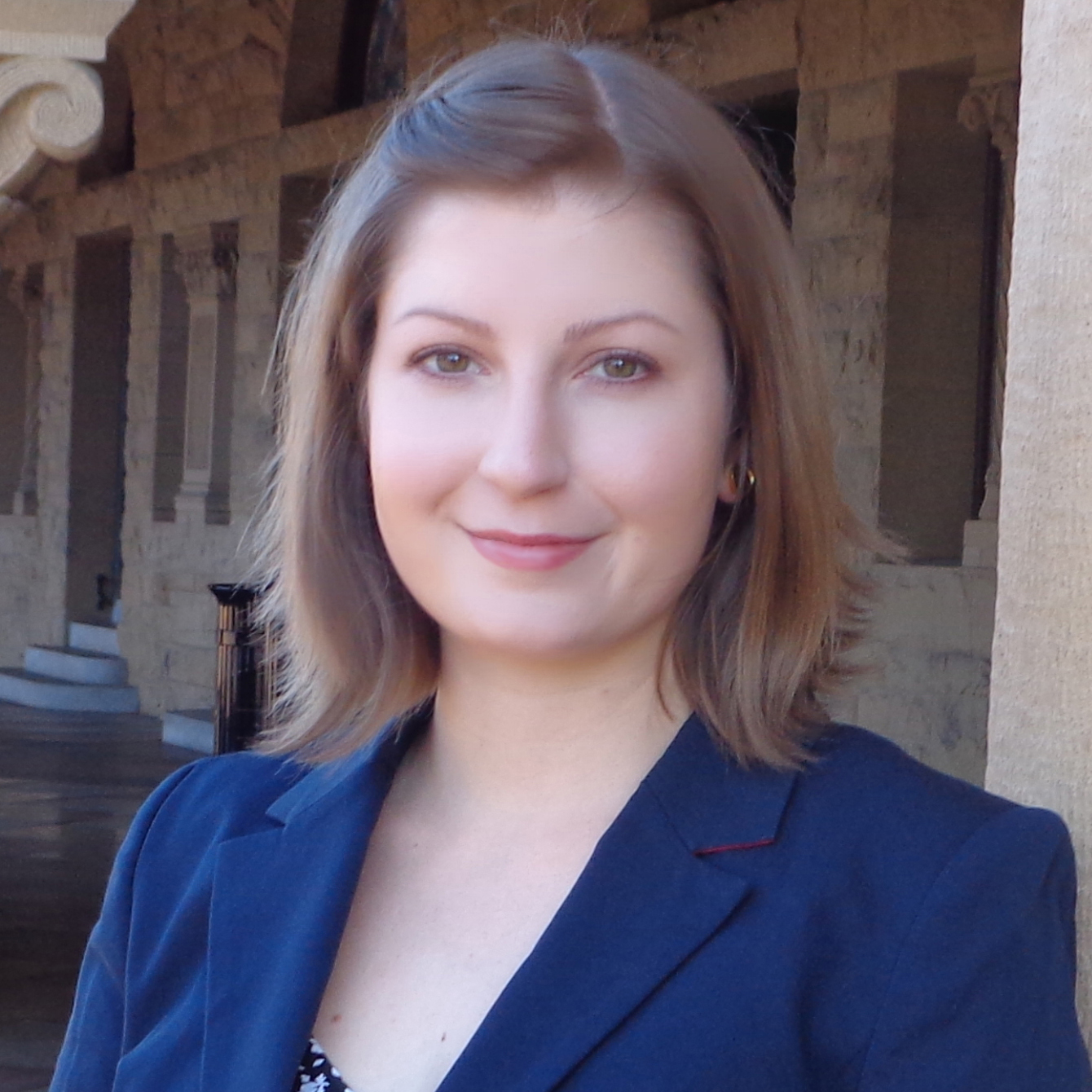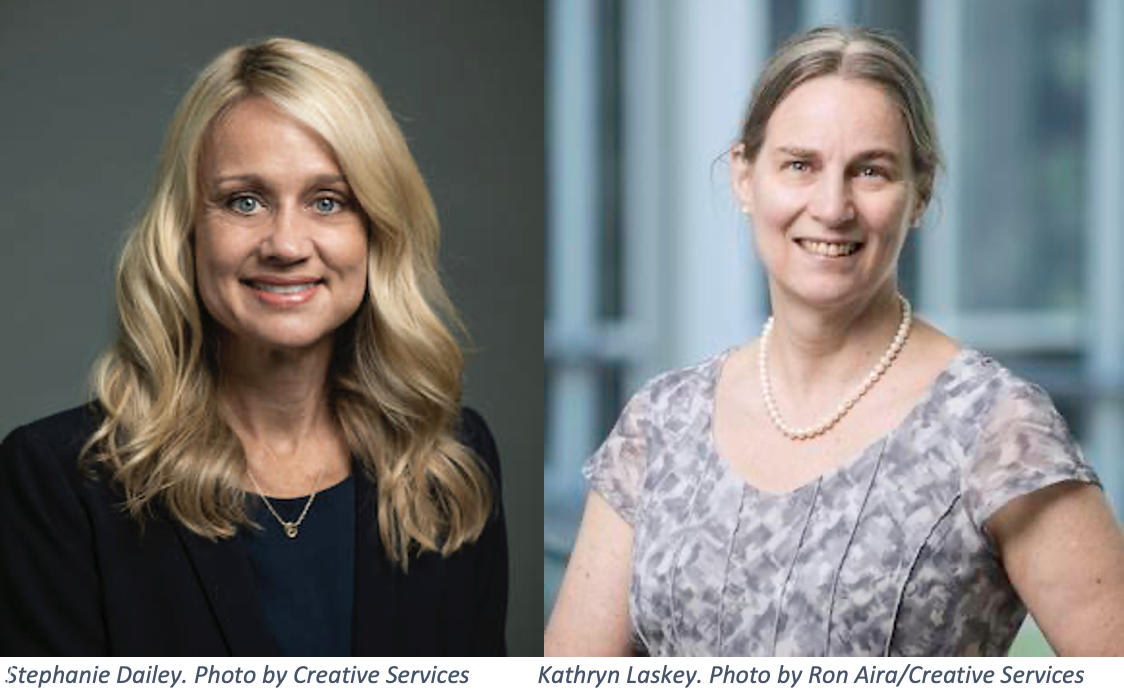A Coordinated, Synchronized, and Integrated Approach
Recently, C-RASC members John Wharton and Linton Wells II along with Schar School student, Nicole Wells, and Williams College student, Lucy Walker, developed a white paper to focus on synchronized, coordinated, and integrated approaches to cross-cutting issues in building a resilient, sustainable Puerto Rico. The authors drew from a breadth of projects in Puerto Rico to spur thought and discussion on how C-RASC and Mason can support delivering coordinated, integrated strategy for complex groups of projects that would otherwise be stovepiped. The executive summary is below and you can read the full white paper here.
EXECUTIVE SUMMARY
The Commonwealth of Puerto Rico is well positioned for sustainable development, growth, and a better future. There are challenges, to be sure, but the archipelago can achieve these goals with synchronized, coordinated, and integrated approaches for recovery, rebuilding, and posturing for the way ahead. This paper provides independent observations and recommendations to consider in achieving these objectives. If done well, Puerto Rico could return to the prosperity it once enjoyed and serve as a model for other cities, regions, and states.
The many challenges range from climate and coastal change to the lack of resilient and assured energy infrastructure, existing debt, poverty levels, low labor force participation, and the ongoing exodus of residents, mainly to the mainland, which contributes both to human capital shortages and the aging of the population. Going forward, plans must integrate modernization with technology enablers and then “maintenance” and “resiliency,” and these need to be resourced. Energy solutions and infrastructure should be built “resilient against hurricanes, earthquakes, floods and fire,”[i] recognizing the many inter-dependencies among infrastructures, new technologies and governance.
Success will depend on being able to maintain continuity of effort over time and execute strategic plans, regardless of political transition. Technological acceleration and strategic plans must include civil society and include a “governance ecosystem” of government, business, and civil society experts. They could benefit from an independent, non-partisan, entity to coordinate federal and local governments, non-governmental organizations, business and civil sectors, and funding agencies to demonstrate returns on investment (ROI) and achieve a resilient, smart, connected Commonwealth.[ii]
This paper outlines solutions to achieve early momentum and lasting consequences, especially in three areas: (1) setting the foundation for a diverse, resilient, and sustainable energy supply and transmission system, (2) integrating these with key enablers of a “smart and connected Puerto Rico,“ and (3) building a workforce to meet these challenges and innovate to anticipate new ones. Sustainable solutions are, first and foremost, human solutions. They include the responsible balancing of population and resources to attack both economic and energy poverty in ways that let people meet their needs without compromising the ability of future generations to meet theirs.
Recommendations: There is no one solution and no one has all the answers. Effective solutions will have to be “co-created” with Puerto Rico’s stakeholders, not developed in isolation. The authors have researched the progress of the recovery efforts to date, identified challenges the island faces, and recommend a foundation for a sustainable, resilient, and adaptable solution with an emphasis on assured infrastructure and energy solutions. It also recommends key enablers which, if used correctly, can help posture the Commonwealth for the future and suggests way to enable the workforce. Based on this research and these observations, the team recommends that Puerto Rico:
- Focus first on human capital, including education, health, and security to improve quality of life.
- Recognize that solutions involve people, organizations, and processes, as well as technology.
- Build a stable “governance ecosystem” of government, business, and civil society with that includes an enduring, nonpartisan entity.
- Pursue coordinated, synchronized, and integrated approaches that cut across silos.











